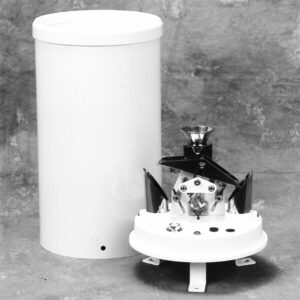# Mastering the Craft: Inside the World of Gate Valve Manufacturing
Gate valves are essential components in various industries, from oil and gas to water treatment. Their design and manufacturing process require precision, expertise, and a deep understanding of engineering principles. In this article, we delve into the intricate world of gate valve manufacturing, exploring the techniques, materials, and innovations that define this craft.
## The Anatomy of a Gate Valve
Before diving into the manufacturing process, it’s crucial to understand the basic components of a gate valve. A typical gate valve consists of:
– Body: The main structure that houses the internal components.
– Gate: The movable part that controls the flow of fluid.
– Stem: Connects the gate to the actuator, allowing for manual or automated operation.
– Seats: Provide a tight seal when the valve is closed.
– Bonnet: Covers the stem and other internal parts, ensuring they remain protected.
## Materials Matter
The choice of materials is a critical aspect of gate valve manufacturing. Different applications require different materials to ensure durability, corrosion resistance, and optimal performance. Common materials include:
– Cast Iron: Ideal for low-pressure applications.
– Stainless Steel: Offers excellent corrosion resistance and is suitable for high-pressure environments.
– Bronze: Often used in marine applications due to its resistance to saltwater corrosion.
– Alloy Steels: Provide enhanced strength and durability for extreme conditions.
## Precision Engineering
Manufacturing a gate valve involves several precise steps, each requiring specialized machinery and skilled labor. The process typically includes:
– Casting: The body and other large components are often cast using molds. This step requires precise temperature control and high-quality molds to ensure the integrity of the final product.
– Machining: After casting, the components undergo machining to achieve the exact dimensions and surface finishes required. CNC machines are commonly used for this purpose.
– Assembly: The various components are assembled, with particular attention to the alignment of the gate and seats to ensure a proper seal.
– Testing: Each valve undergoes rigorous testing to ensure it meets industry standards. This includes pressure tests, leak tests, and functional tests.
## Innovations in Gate Valve Manufacturing
The gate valve manufacturing industry is continually evolving, with new technologies and techniques being developed to improve efficiency and performance. Some of the latest innovations include:
– 3D Printing: Used for prototyping and even producing small batches of custom valves.
– Advanced Coatings: Enhance the durability and corrosion resistance of valves, extending their lifespan.
– Smart Valves: Integrated with sensors and IoT technology to provide real-time data on valve performance and condition.
## Quality Control
Quality control is paramount in gate valve manufacturing. Every step of the process is subject to stringent quality checks to ensure the final product meets the required specifications. This includes:
– Material Inspection: Verifying the quality and properties of raw materials.
– Dimensional Checks: Ensuring all components are within the specified tolerances.
– Performance Testing: Confirming that the valve operates correctly under various conditions.
## Conclusion
Gate valve manufacturing is a complex and highly specialized field that combines traditional craftsmanship with modern technology. From the selection of materials to the final quality checks, every step is crucial in producing a reliable and efficient valve. As industries continue to demand higher performance and durability, the gate valve manufacturing sector will undoubtedly keep evolving, pushing the boundaries of what is possible.
Keyword: gate valve manufacture
